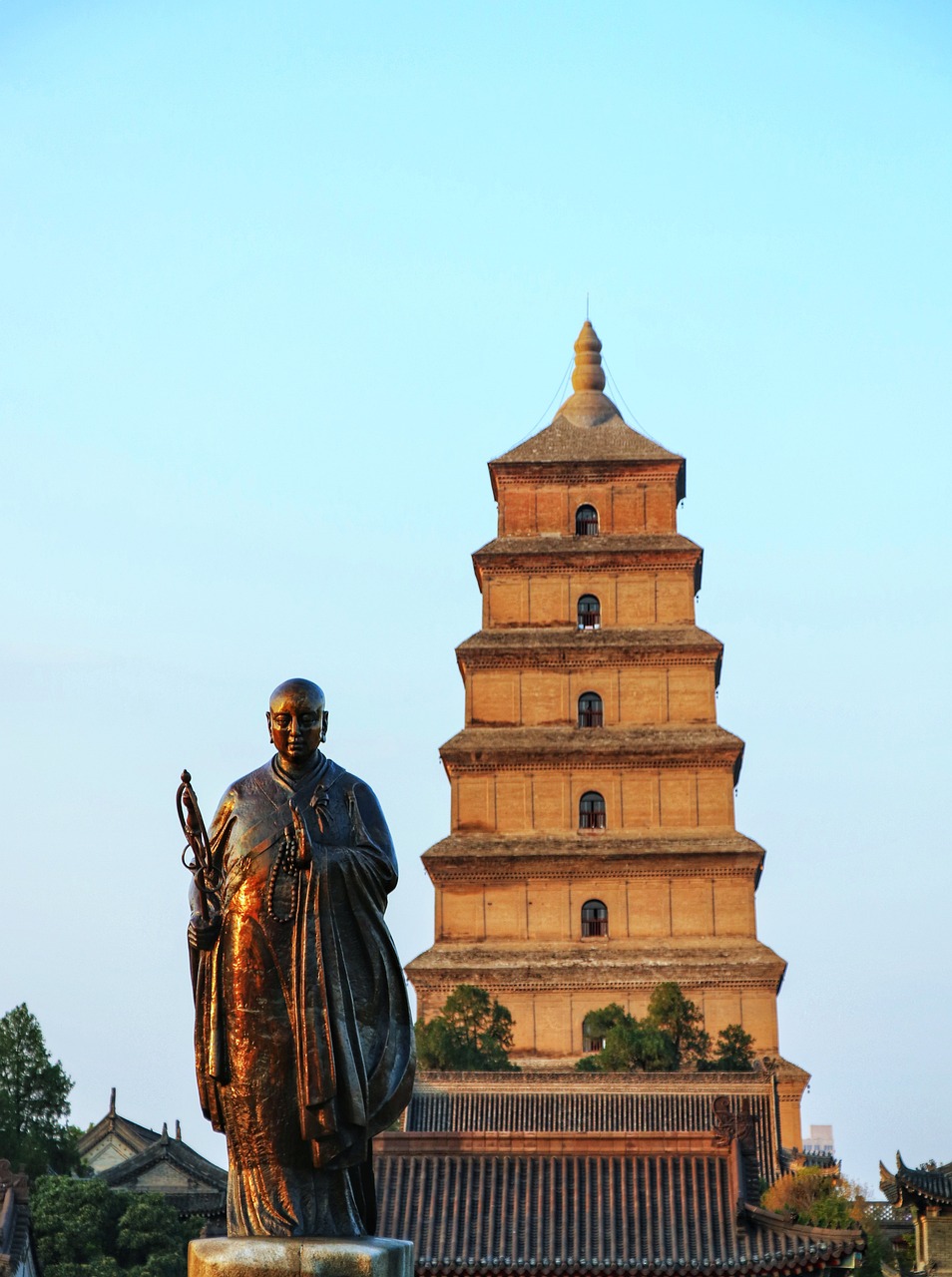The Life and Legacy of Xuanzang
The renowned Chinese novel, Xi You Ji (Pilgrimage to the West), has immortalized Tang Seng’s tale, linking it to the historical figure Xuanzang (602-664). This figure served as a pivotal monk and founder of the Idealistic School in Buddhism, significantly shaping the spiritual landscape of China.
Xuanzang embarked on his monastic path at the young age of 12, and by 21, he had committed himself fully to Buddhist teachings. His dedication saw him delve into the vast interpretations of the sacred texts that originated from India, mastering essential doctrines. However, discontent with his level of understanding prompted Xuanzang to seek out various Buddhist teachers across China. He found himself puzzled by the disparities present in translations, ultimately leading him to the decision to journey to the sacred land of India, where he could access the original texts and engage with scholars to clarify the inconsistencies found in Chinese translations.
In 629, Xuanzang left Chang’an (now known as Xi’an) to pursue his quest westward along what is now referred to as the Silk Road, traversing through the Xinjiang Autonomous Region and parts of Central Asia, before arriving in India. During his travels, he was met with respect and hospitality, allowing him to explore Buddhist sites across various nations and immerse himself in the local cultures. Upon returning to Chang’an in 645, he brought back not only Buddhist canons but also statues, relics, and other significant cultural artifacts.
Following his return, Xuanzang dedicated his life to teaching and propagating Buddhism at the Da Ci’en (great mercy) Temple in Chang’an. He made substantial contributions by translating 75 works of Buddhist texts encompassing 1,335 volumes into Chinese. Additionally, he translated the works of Laozi, as well as the Mahayana Shraddhotpada Shastra, back into Sanskrit, facilitating their eventual introduction to India. His efforts positioned Chang’an as a key hub for Buddhism around the globe.
Xuanzang’s Report of the Regions West of Great Tang offered crucial insights into the demographics and geography of Central Asia, India, Nepal, and Pakistan during the seventh century. This record serves as a vital historical resource, portraying the territory and cultural landscape of India at the time. The influence of Indian Buddhism on Chinese literature and the arts was profound, enhancing Chinese endeavors in painting, sculpture, architecture, and music. Moreover, Xuanzang’s interactions fostered meaningful Sino-foreign exchanges.
Deeply invested in the education of Buddhism, Xuanzang attracted a number of distinguished disciples, including those from Japan and Korea, helping to disseminate Chinese Buddhism back to their native lands.



